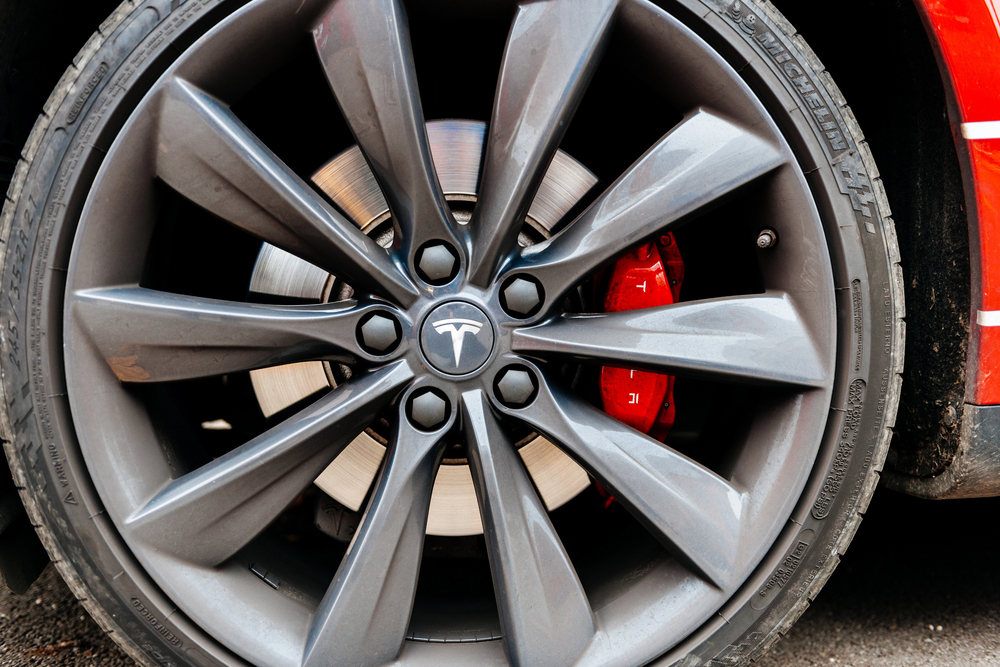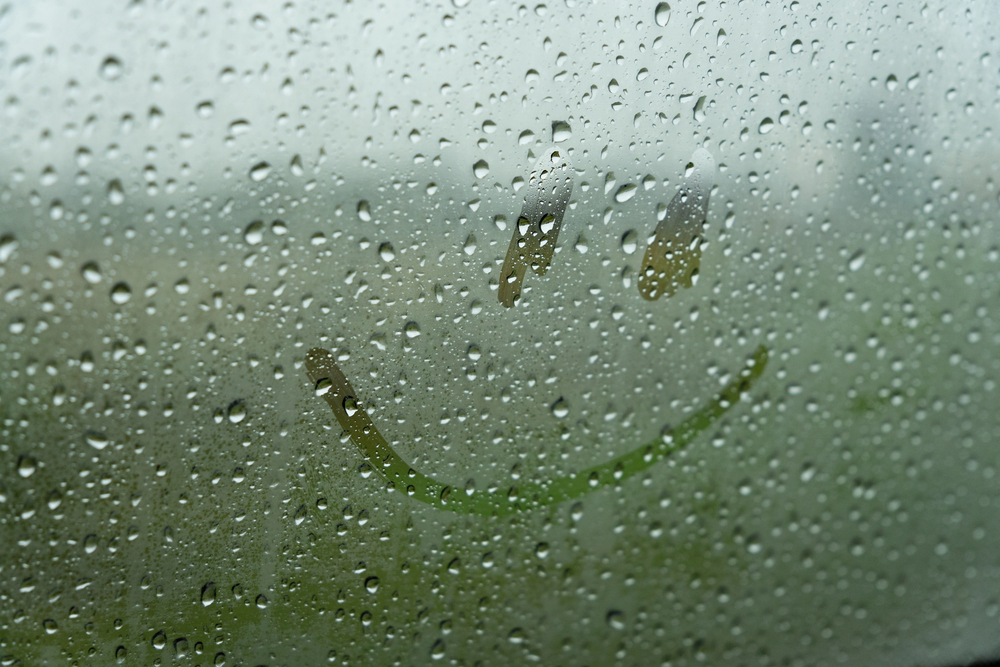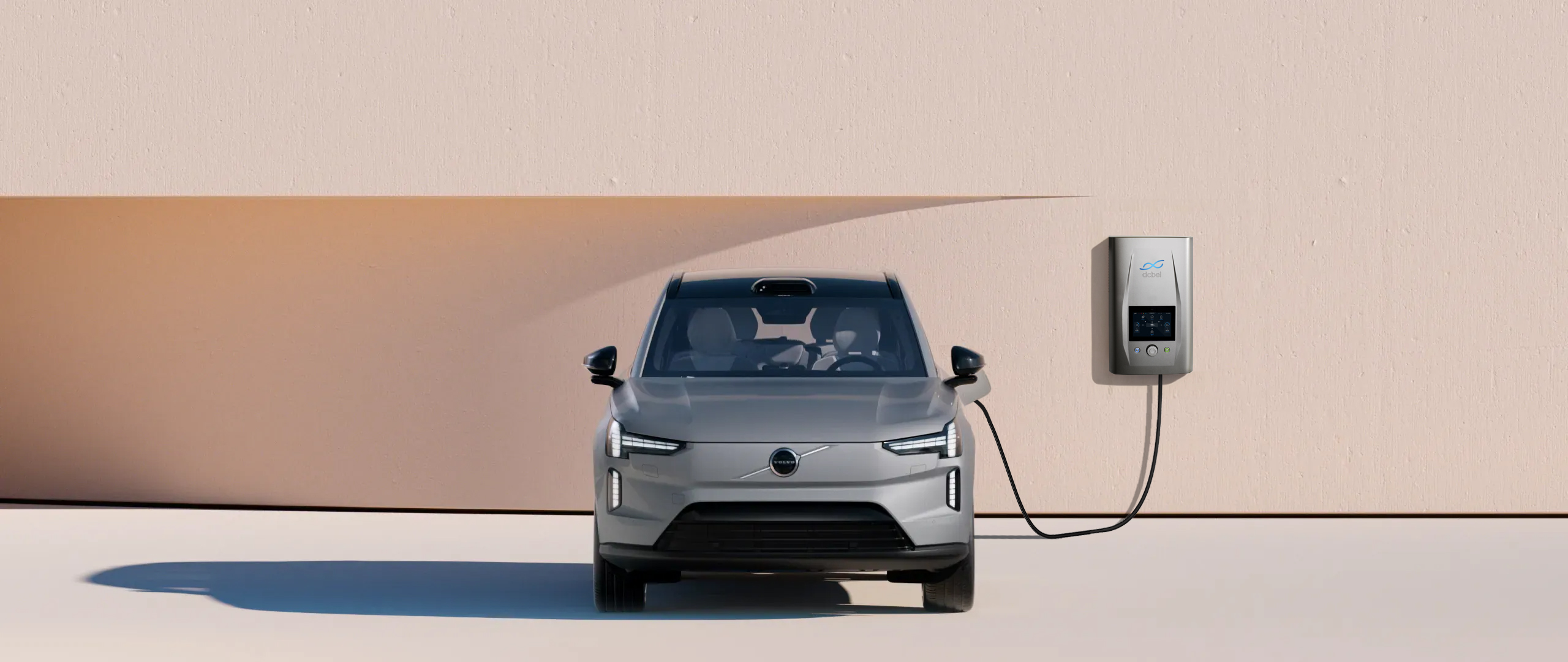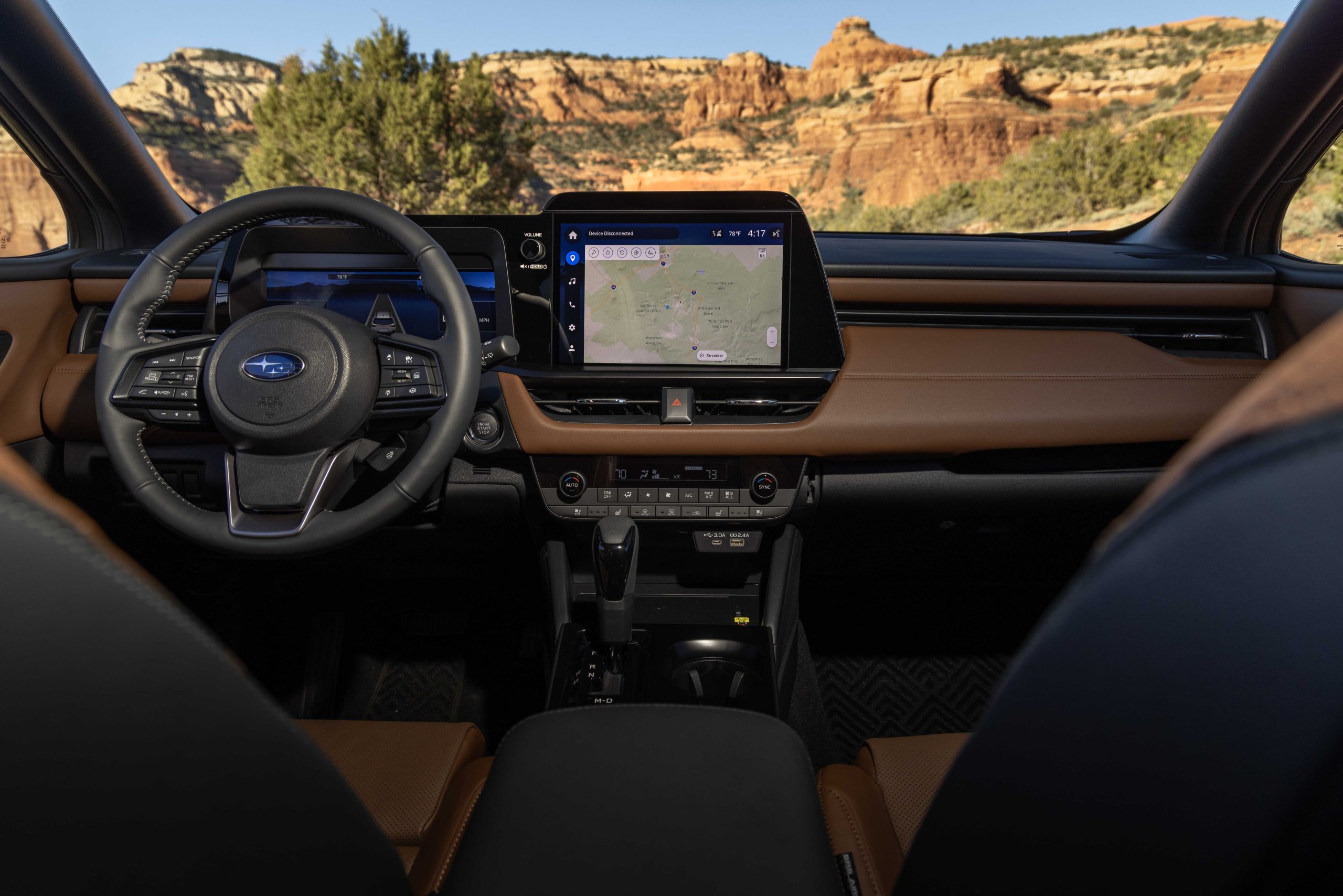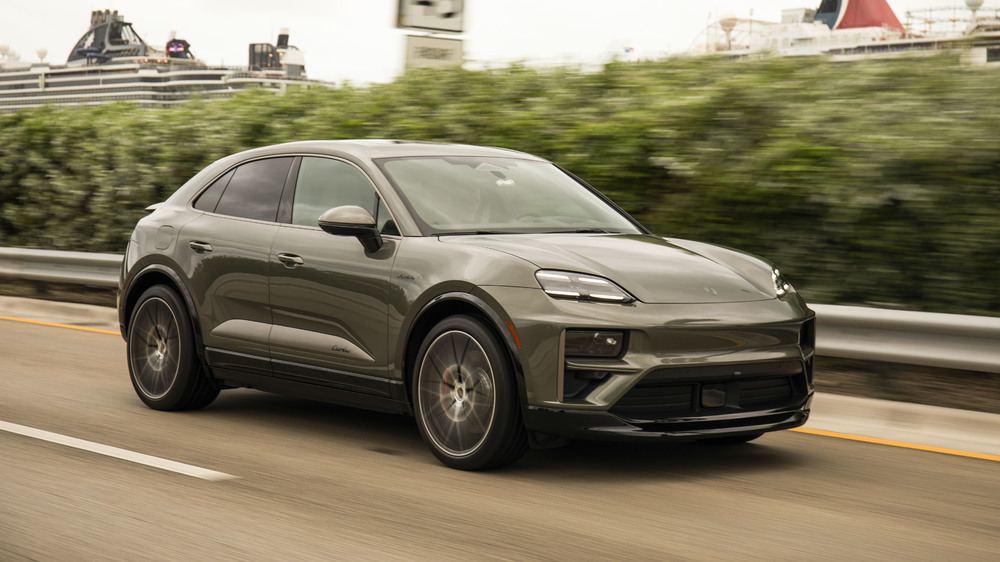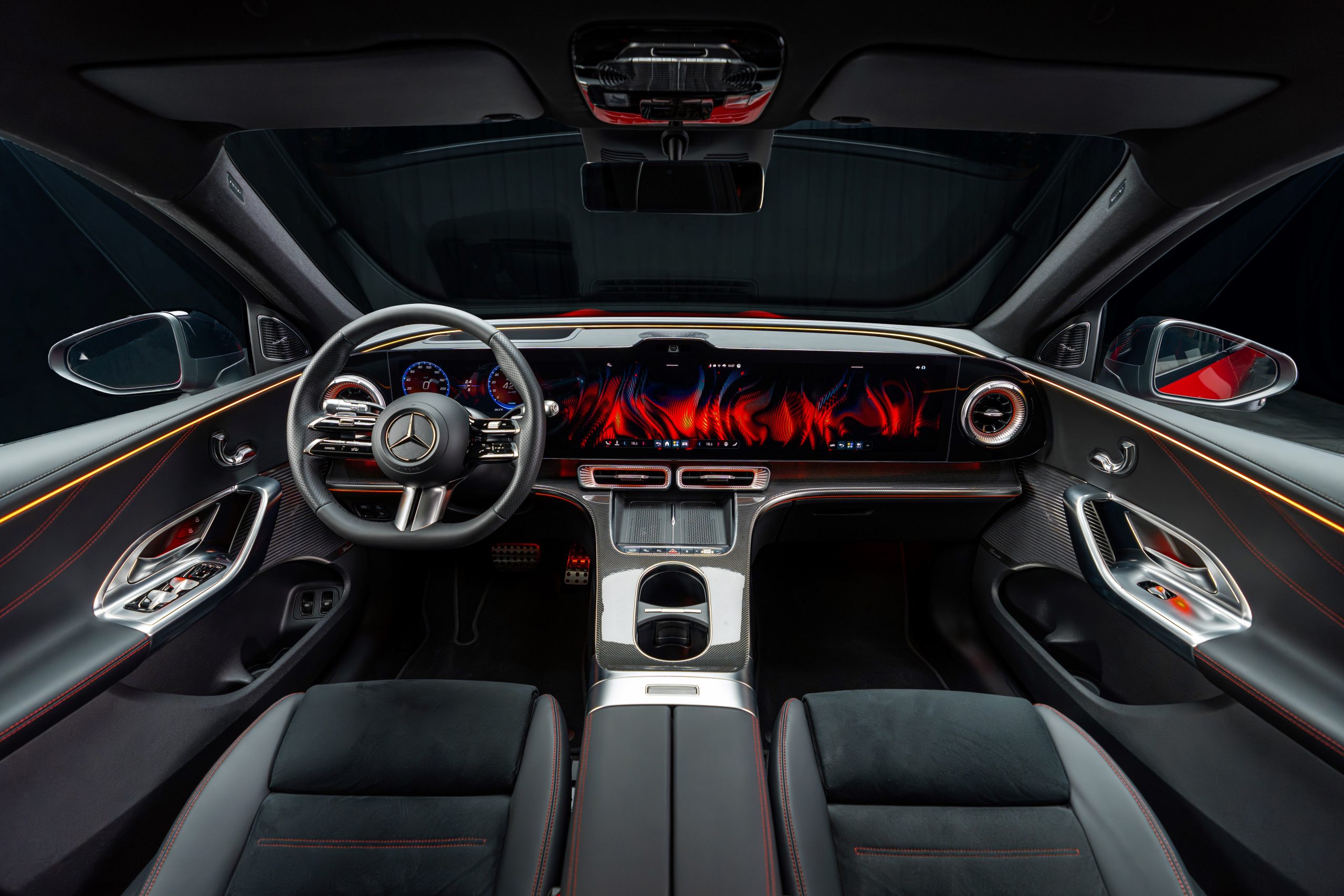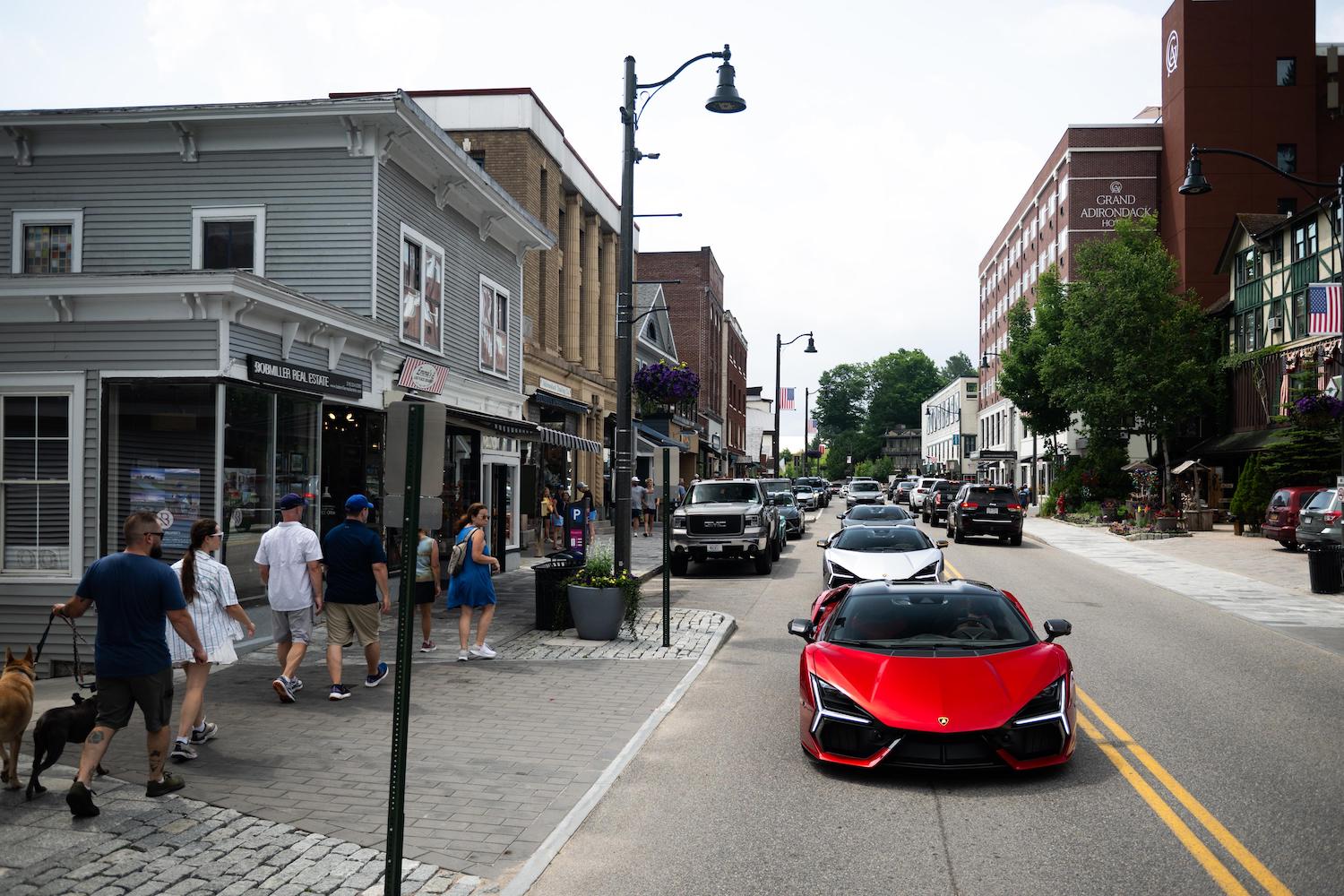Preventive Measures To Avoid Rust On Your Car
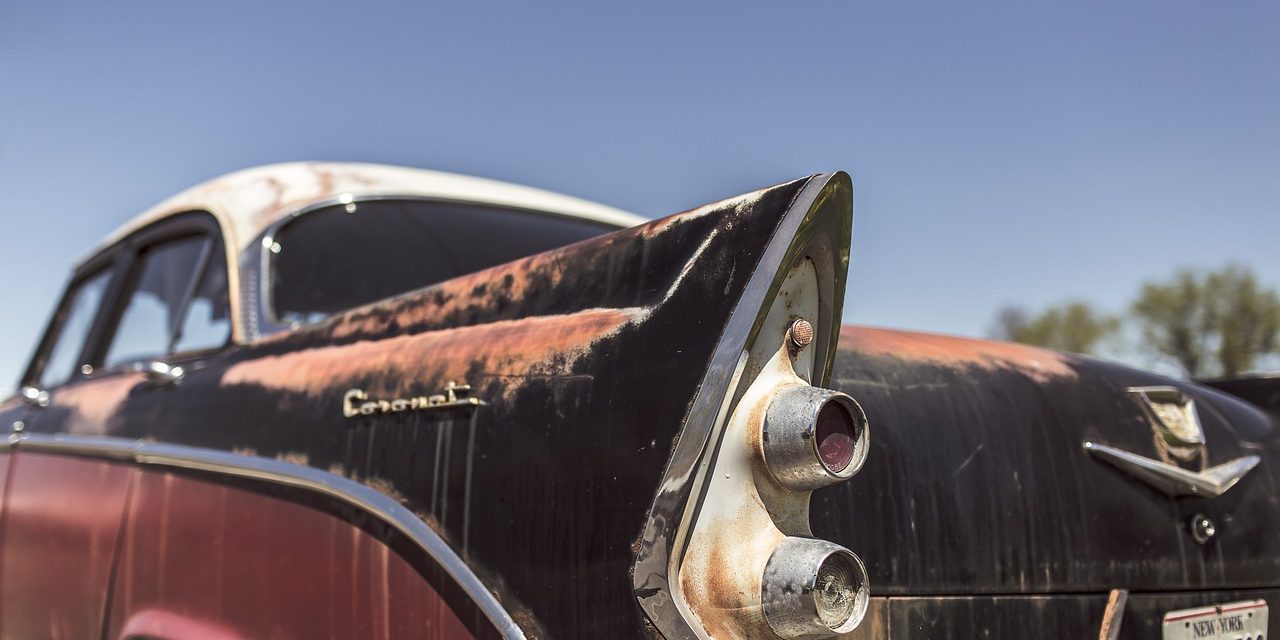
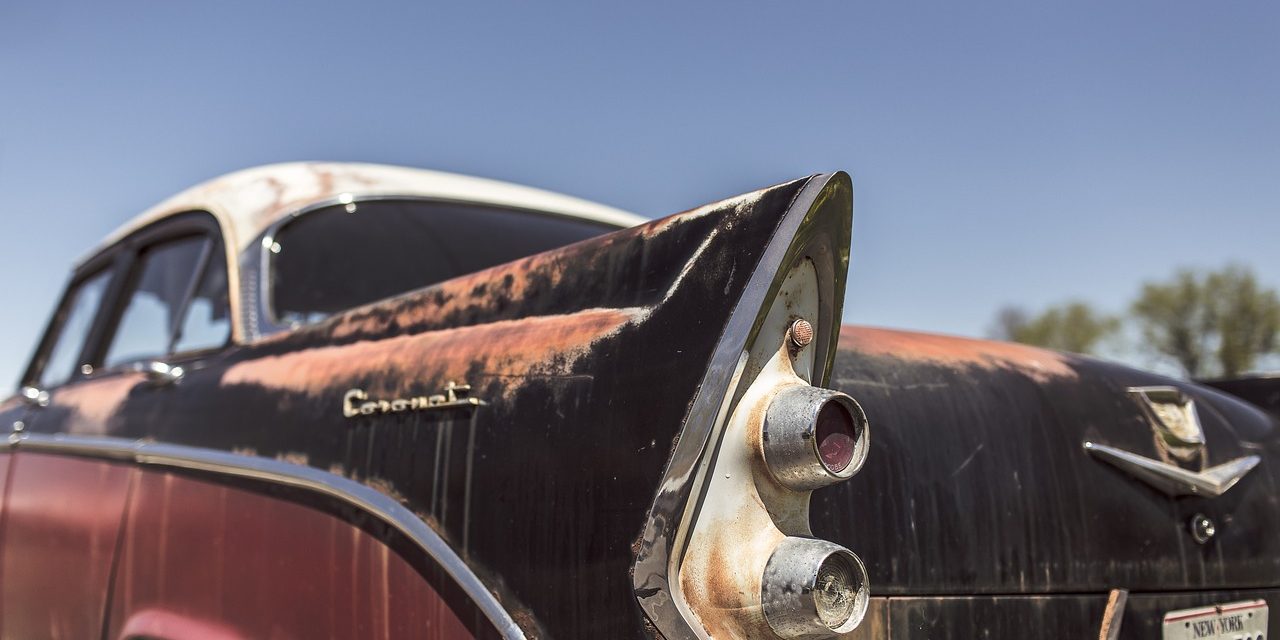
Rust is the bane of any vehicle owner’s existence, often creeping up unnoticed and turning a car from a sleek machine into a splotchy eyesore. Rust forms when iron, oxygen, and water combine, a process accelerated by substances like road salt and moisture. The fight against rust begins with understanding how it forms and recognizing the importance of proactive maintenance.
Regularly cleaning and inspecting a vehicle, especially the undercarriage and areas prone to accumulating moisture, is crucial in preventing rust. Waxing a car’s exterior provides a protective barrier, while prompt repair of paint chips and scratches can prevent rust from gaining a foothold. In regions with harsh winters, additional measures, such as rust-proofing treatments, can offer added defense against corrosive elements.
Key Takeaways
- Regular maintenance reduces the risk of rust on a vehicle.
- Immediate repair of minor damage can prevent rust formation.
- Protective coatings and treatments provide additional rust defense.
Understanding Car Rust and Corrosion
Car rust is the result of a degradation process called corrosion, where iron, moisture, and oxygen interact to degrade metal. This section delves into how rust forms, its common causes, and how to recognize it on a vehicle.
The Science of Rust Formation
Rust occurs when iron, a component of steel used in cars, reacts with moisture and oxygen in a process called oxidation. This reaction forms iron oxide, which is the brittle, reddish-brown substance known as rust. The rate at which this chemical reaction occurs can be influenced by environmental factors such as humidity and the presence of salt, which can accelerate corrosion.
Common Causes of Car Rust
Rust on vehicles often begins in areas where the paint has been compromised, such as from stone chips or scratches. The undercarriage is also prone to rust due to constant exposure to road salts, water, and grime. Poor maintenance can further exacerbate rust formation. Factors like:
- Repeated exposure to rain, snow, and humid conditions
- Accumulation of mud and dirt, trapping moisture
- Salts used on roads during icy conditions
can all contribute to an environment where rust thrives.
Identifying Rust on Your Vehicle
Detecting rust early is important to prevent widespread damage. Look for:
- Discoloration or bubbling in the paintwork
- Brownish stains or powdery deposits on metal surfaces
- Corrosion at the site of paint chips or scratches
Regularly inspect common trouble spots such as wheel wells, bumpers, and areas where moisture tends to collect. Prompt attention to these signs can prevent the spread of corrosion and preserve the integrity of the vehicle.
Essential Maintenance to Prevent Rust
Proactive maintenance is key to preventing rust, which includes regular cleaning, protective finishes, and vigilant inspections.
Regular Washing and Drying
Regular washing is the first line of defense against rust. This process involves thoroughly cleaning the vehicle to remove salt, dirt, and other elements that can lead to corrosion. It is important to:
- Wash the car frequently, making the frequency greater if exposure to road salt or salty sea air occurs.
- Dry the car completely after washing to remove any moisture that can erode metal surfaces.
Applying Protective Coatings and Waxes
Protective coatings and waxes offer a barrier between the metal of the car and corrosive elements. To maintain this protection:
- Apply a rust-preventive solution like POR-15 as part of the coating process to seal metal surfaces.
- Wax the car regularly, at least twice a year, to sustain a protective shield.
Periodic Detailed Inspections
By regularly inspecting the car for rust, one can catch and address potential issues before they escalate. During an inspection:
- Check known rust-prone areas such as the wheel wells and undercarriage.
- Seek professional evaluation at the first sign of rust to repair and prevent further damage.
Targeted Protective Measures
Taking specific actions to protect a car from rust is essential for longevity and aesthetic appeal. By applying appropriate treatments and responding swiftly to any damage, car owners can significantly prolong their vehicle’s integrity.
Using Rust Inhibitors and Converters
Rust inhibitors are chemical solutions that, when applied to a vehicle’s surface, help prevent the oxidation process that leads to rust. They provide a defensive barrier, shielding the metal from the elements:
- Rust Inhibitor: Apply directly to metal surfaces to stop rust before it starts.
- Rust Converter: Treat areas already affected by rust to halt further deterioration.
These products often contain phosphoric acid or tannic acid, which transform rust into a stable compound that can be painted over.
Importance of Undercoating and Sealants
Undercoating and sealants are additional layers of protection for areas prone to rust, like the undercarriage of a car.
- Undercoating: Protects the underside of vehicles from rust, which can be caused by road salt and moisture.
- Sealer: Seals seams and other potential entry points for water to prevent it from reaching the metal.
Both undercoating and sealants should be applied to clean and dry surfaces for the best results. Some products can also dampen road noise.
Addressing Damage and Imperfections Quickly
Prompt attention to any damage or imperfections on a vehicle’s body s critical for rust prevention.
- Inspect regularly for chips or scratches in the paint and repair them to prevent moisture penetration.
- Check for signs of rust during routine maintenance and immediately treat with a converter or touch-up paint.
Being vigilant about these imperfections helps to maintain the protective coatings and the overall health of the car’s body.
Dealing with Harsh Environmental Factors
Environmental factors such as road salt, snow, and harsh weather conditions significantly contribute to the risk of rust on vehicles. This section provides specific strategies to help combat these elements.
Protecting Against Salt and Chemicals
Materials Used: Vehicles encounter a variety of chemicals on the road, particularly salt. This substance is frequently spread on roadways to melt ice and snow but can lead to accelerated corrosion on a car’s undercarriage and body.
- Regular Washing: To minimize the corrosive effect of salt, it is important to wash your vehicle regularly, focusing on the underbody and wheel wells to eradicate any road salt buildup.
- Protective Coatings: Application of a corrosion inhibitor can act as a shield against salt and other chemicals. Products available include oils, waxes, and tar-based sprays that can be applied before the winter season.
Safeguarding in Snow and Rain
Snow and Rain Exposure: These weather conditions can conceal harmful substances like road salt and trap moisture against the vehicle, fostering an environment where rust can develop.
- Waxing: Waxing the vehicle before harsh weather seasons creates a water-resistant layer, making it more difficult for moisture to reach the metal surfaces.
- Shelter: Whenever possible, store the vehicle in a covered or enclosed space to protect against precipitation and lower temperatures that can exacerbate rust formation.
Restoration and Treatment of Existing Rust
Addressing rust early on is critical to maintaining a car’s integrity and appearance. This section will outline specific procedures for removing surface rust and repairing larger rust damage.
Methods for Removing Surface Rust
Before proceeding with rust removal, it’s essential to clean the affected area thoroughly. A wire brush is commonly used to scrape off loose rust and flakes. Owners should then progress to sanding the rust spot with sandpaper, gradually moving from coarse to finer grit to prevent further damage to the metal surface. Once the surface rust is removed and the area is smooth, the application of a rust-converting product can treat any microscopic remnants of corrosion. This treatment converts rust into a stable surface that can be primed and painted.
Repairing More Severe Rust Damage
Severe rust damage often requires a more extensive approach. After removing the surface rust, one must assess the extent of damage. Should holes be present, welding in new metal may be necessary. After welding the new metal piece, applying a rust-resistant primer is the next step. Then, a body filler can be used to even out the repaired area, followed by sanding to ensure the surface blends seamlessly with the surrounding metal. Finally, proper sealing with paint and a clear coat protects against future corrosion. This restoration process prolongs vehicle life and enhances structural safety.

